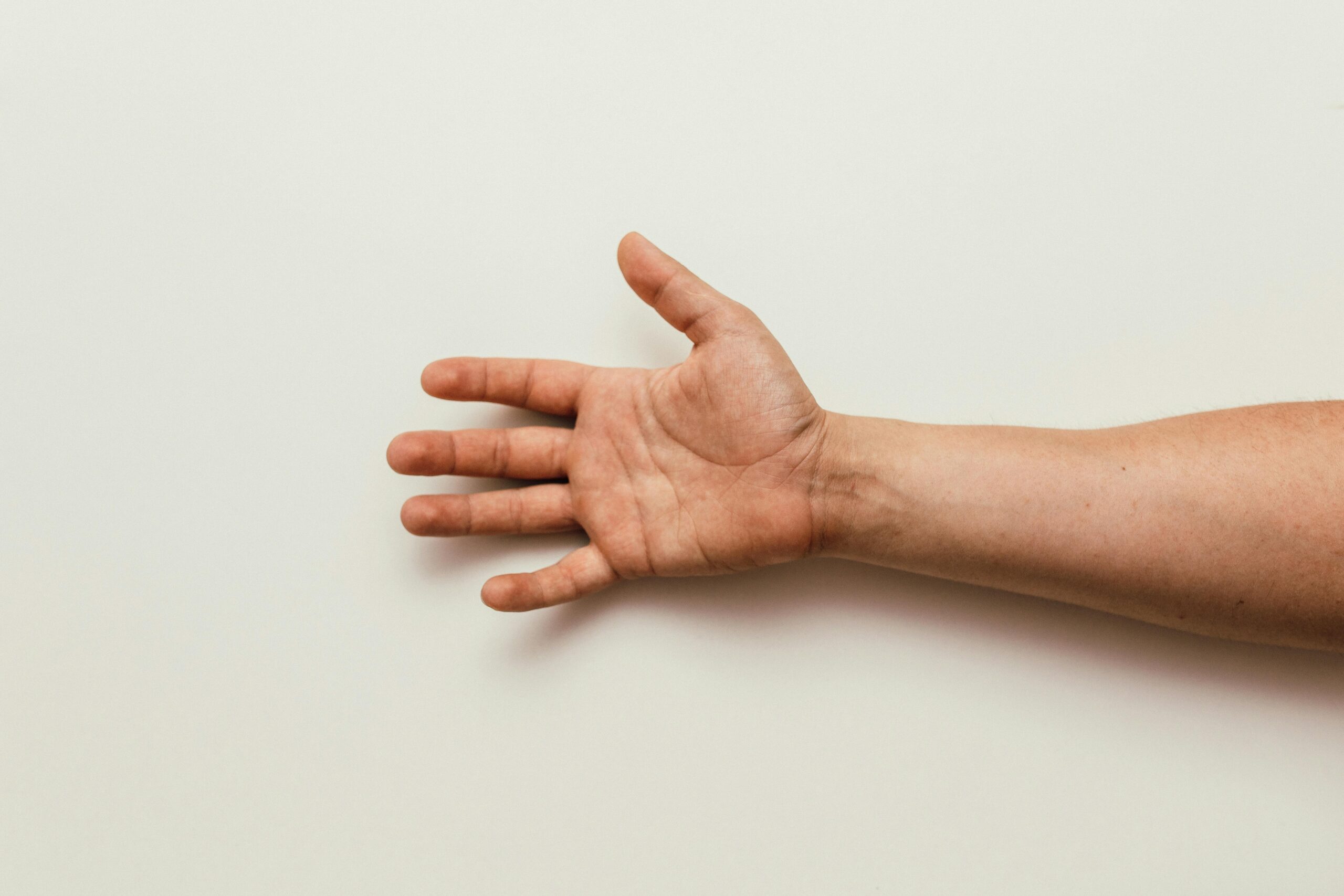Is Spinal Stenosis recoverable by physiotherapy ?

Spinal stenosis is a common musculoskeletal condition, which is widely recovered by physiotherapy. Besides mainstream treatment, physiotherapy has created a proven track record of rehabilitation.
What is Spinal Stenosis and how does physiotherapy targets the pain points?
Spinal stenosis is the condition when the space between spines gets narrow and gives pressure on nerves passing through the spinal cord.
It takes place in the neck and lower back region for wear & tears during old age. Physiotherapy implies non-invasive methods to naturally heal and reinstate the balance of the body.
An expert physiotherapist performs various stretching exercises, and hands-on massage on pain points to regulate blood circulation to rehabilitate affected vertebrae. Moreover, it strengthens associated muscles, soft tissues, and nerves to recover from the injury.
Top 5 physiotherapy techniques to recover spinal stenosis
The five most effective techniques of physiotherapy are:-
-
Chiropractic care
A Chiropractor uses hands-on massage techniques to manipulate the musculoskeletal portion across the spine and back. This promotes blood regulation, and nervous regulation, and alleviates pain.
-
Traction
A mechanical technique is used to lift the back against gravity to reinstate the vertebral bones, which are coming close.
-
Wave therapy
Ultrasound and electromagnetic waves are implemented on the back portion to strengthen muscles and tissues.
-
Strengthening exercises
An expert physiotherapist will train and assist you in doing strengthening exercises and stretches to reinstate back the narrowed vertebrae.
-
Osteopathy
It involves spinal adjustment, joint manipulation, deep tissue massage, stretching soft tissues, etc.
This alleviates pain, relaxes muscle stiffness, and eases pressure on nerves to help patients recover.
What are the symptoms?
Some common and alarming symptoms of spinal stenosis are as follows:
- Pain
- Numbness
- Muscle weakness
- Impaired bladder
- Distress in bowel control
What can be the result of untreated spinal stenosis?
Untreated spinal stenosis can cause numbness, paralysis, bowel or bladder incontinence, pain in the legs with tingling, etc.
Undergoing physiotherapy techniques from an early stage can ensure the fastest recovery and natural healing.
Physiotherapy First, is one of the leading clinics in Brampton to recover numerous patients suffering from spinal stenosis. Our team of industry experts will analyze your root cause of pain and provide therapy sessions. The treatment duration depends on the severity of the patient.
If you have similar symptoms then do not delay. Book your session now or talk with our advisory team.
Blog Categories
- Acupuncture Treatment (10)
- Ankle Sprain (1)
- Arthritis Treatment (1)
- Back Pain (23)
- Chiropractic Care (38)
- Tennis Elbow (1)
- Chronic Pain (5)
- COVID-19 (1)
- Custom Orthotics (6)
- Dizziness (4)
- Exercises (13)
- Foot Orthotics (6)
- Hamstring Stretches (2)
- Info Articles (3)
- Kids Injury (1)
- Laser Therapy (4)
- Massage Therapy (21)
- Neck Pain (16)
- Orthopedic (1)
- Osteoarthritis (5)
- Osteopathy (3)
- Pain Management (18)
- Physiotherapy Benefits (44)
- Physiotherapy Clinic (6)
- Physiotherapy Exercises (12)
- Physiotherapy Tips (25)
- Physiotherapy Treatment (100)
- Rotator Cuff (2)
- Shin Splints (1)
- Shoulder (2)
- Spine (4)
- Sports Physiotherapy (2)
- Uncategorized (1)
- Vestibular Physiotherapy (2)
- Work From Home (2)


